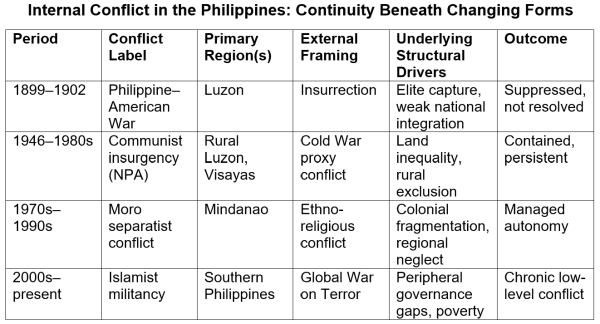The began the week on a soft note, extending its recent correction. Its weakness came as the US Senate advanced a temporary budget bill to fund the federal government through the end of January.
With the index trading below the 100 mark, risk appetite appears to be improving amid expectations that the government shutdown may soon end. The reopening would likely reduce pricing uncertainty by allowing delayed data releases and public services to resume gradually.
Data Delay Supports US Dollar
Economic indicators that might have signaled slower growth were not released during the shutdown, creating a “data vacuum” that temporarily supported the US dollar. However, it remains uncertain how quickly and accurately the backlog of reports will be published once operations resume.
This could leave the DXY struggling for direction initially. As data releases return to normal, the market may become more sensitive to interim headlines, increasing volatility in the US dollar’s movement against other major currencies.
The University of Michigan consumer confidence index fell to its lowest level in three and a half years, highlighting weakness in consumer demand. Still, the probability of a 25 bps rate cut in December remains steady at around 67%, showing that expectations for a cautious easing cycle are unchanged.
data-driven approach is expected to regain clarity now that the shutdown period has ended. However, unless the initial data releases—particularly those on core —provide a clear signal, the US dollar is likely to remain in a volatile balance rather than establish a firm trend.
Inflation Uncertainty, Data Flow May Shape the US Dollar’s Path
Markets are focused on the October and reports, scheduled for release on November 13–14, which are seen as the key data points of the week. However, delays in data collection caused by the shutdown could push back their release. While the timing remains uncertain, consensus expectations place both headline and core inflation near 3%.
If core inflation comes in below expectations and growth indicators continue to soften, markets may further price in a December rate cut by the Fed. Under this scenario, the DXY could test the 99 level or lower.
Conversely, if inflation rises above 3.0%, it would reinforce the Fed’s “wait-and-see” stance, potentially triggering a rebound in the US dollar toward the 100 level.
Beyond inflation, several other factors are shaping the US dollar’s risk premium: limited job growth and stagnant wages reflected in the , a that remains in contraction territory, and the Supreme Court’s review of trade-related policies. In addition, sharp intraday movements in long-term Treasury yields will remain key in confirming the DXY’s near-term direction.
The end of the shutdown and the normalization of data releases may first lead to a period of indecision for the US dollar, followed by a phase where direction depends more clearly on incoming data. For now, the 99–100 range remains the key neutral zone to watch.
US Dollar Technical Outlook
The recent price action in the US dollar index underscores the 99–100 range as a key balance corridor. Daily closes above 100, considered a psychological threshold, could trigger short-term moves toward 101.50. On the daily chart, a resistance zone has formed between 99.7 and 100.25. This area was last tested at the end of July, and when the breakout failed, the DXY moved back into its channel, retreating to around 96.50.
At present, the index shows signs of returning to that channel. If risk appetite strengthens further, the DXY could first decline toward the 98.5 support level and then toward the 96.5 region.
Below are the key ways an InvestingPro subscription can enhance your stock market investing performance:
ProPicks AI: AI-managed stock picks every month, with several picks that have already taken off in November and in the long term.
Warren AI: Investing.com’s AI tool provides real-time market insights, advanced chart analysis, and personalized trading data to help traders make quick, data-driven decisions.
Fair Value: This feature aggregates 17 institutional-grade valuation models to cut through the noise and show you which stocks are overhyped, undervalued, or fairly priced.
1,200+ Financial Metrics at Your Fingertips: From debt ratios and profitability to analyst earnings revisions, you’ll have everything professional investors use to analyze stocks in one clean dashboard.
Institutional-Grade News & Market Insights: Stay ahead of market moves with exclusive headlines and data-driven analysis.
A Distraction-Free Research Experience: No pop-ups. No clutter. No ads. Just streamlined tools built for smart decision-making.
Not a Pro member yet?
Already an InvestingPro user? Then jump straight to the list of picks here.

Disclaimer: This article is written for informational purposes only. It is not intended to encourage the purchase of assets in any way, nor does it constitute a solicitation, offer, recommendation or suggestion to invest. I would like to remind you that all assets are evaluated from multiple perspectives and are highly risky, so any investment decision and the associated risk belongs to the investor. We also do not provide any investment advisory services.
























